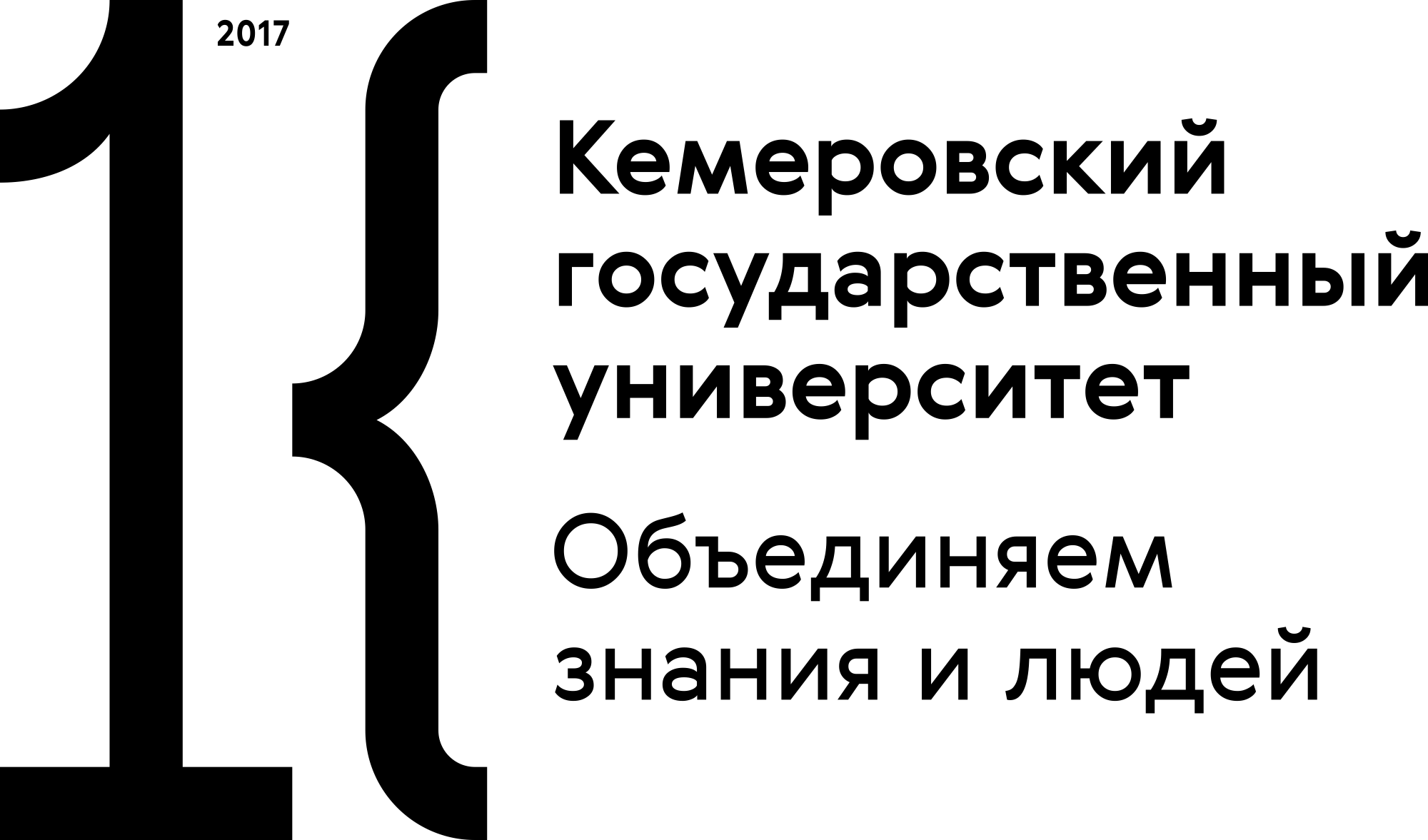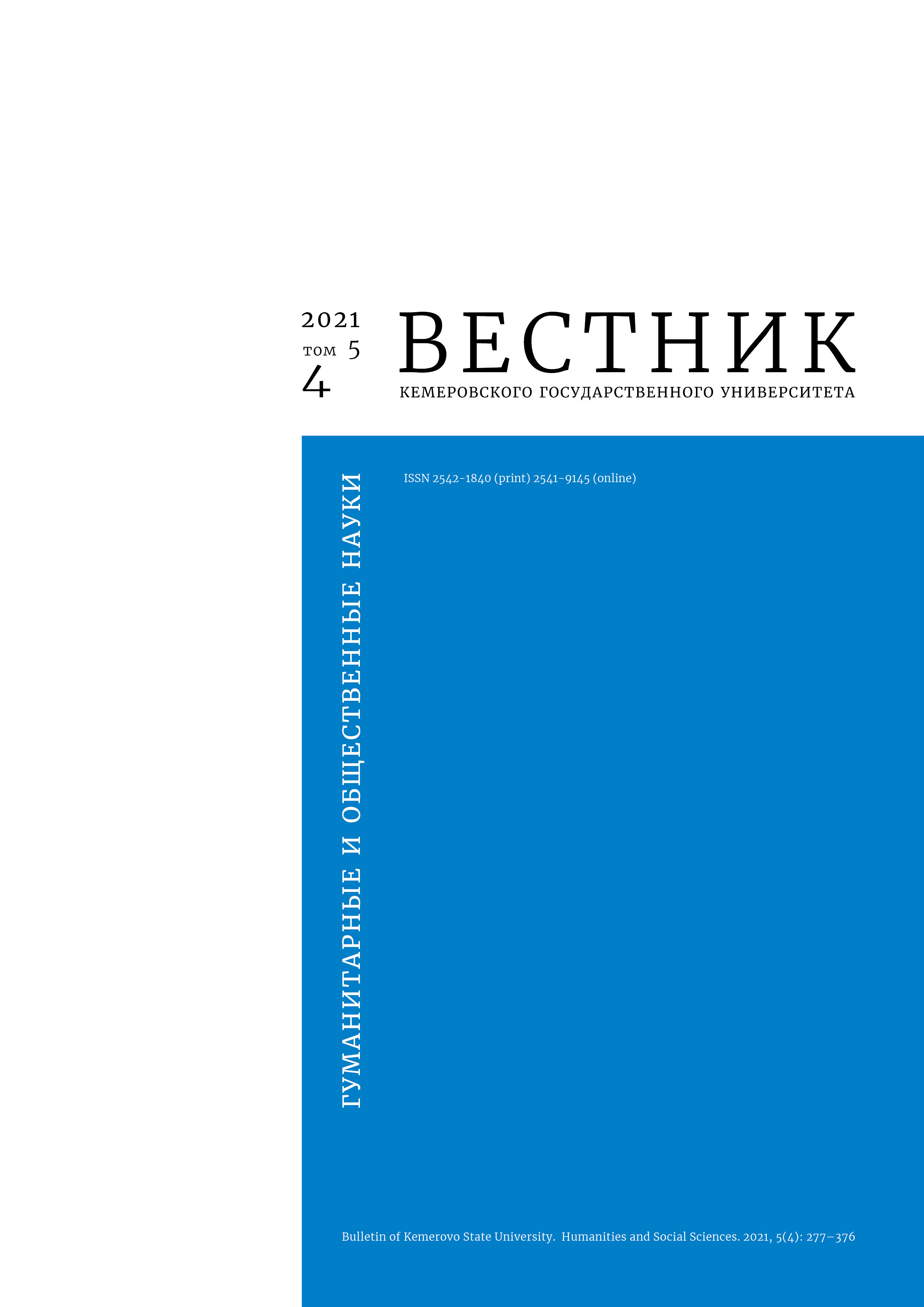Kemerovo, Russian Federation
UDC 34
The article deals with the problems of forensic medical expertise in traditional China in the investigation of crimes related to murder and death of people under unknown circumstances. The research featured legal acts and related comments that regulated the procedure. The author focused on the treatise of the XIII century Sung Tzu's "Washing Away of Wrongs" (Hsi yüan lu), which became the first essay on forensic medicine in world history. This document was far ahead of European works on this topic and was still in use in the early XX century. Constant conflicts between non-official comments and legal norms were one of the most serious problems that judicial practice had to face. For instance, according to the century-long shiht’u practice, specially authorized employees (wutso) with no medical training were responsible for describing internal and external injuries on the human body. Medical education was not mandatory for those performing forensic medical examination because autopsy was prohibited under the threat of punishment in the form of hard labor, and all conclusions about the causes of death were made on the basis of external examination. However, the main problem was the legal responsibility for the falsification of forensic medical examination. It often affected innocent people while real criminals managed to escape punishment, which violated the yin-yang harmony.
law of traditional China, history of forensic medicine, Hsi yüan lu, shiht’u, wutso
1. Hulsewe A. F. P. Remnants of Ch’in law: an annotated translation of the Ch’in legal and administrative rules of the 3rd century B. C. Discovered in Yun-meng Prefecture, Hu-pei Province, in 1975. Leiden: E. J. Brill, 1985, VIII+342.
2. Pierre-Étienne W. Developing forensic knowledge through cases in the Qing dynasty. Thinking with cases: specialist knowledge in Chinese cultural history, eds. Furth C., Zeitlin J. T., Hsiung P.-C. Honolulu: University of Hawai‘i Press, 2007, 62-100.
3. Criminal establishments Tang with explanations ("Tan lui shu i"). Tszuani 17-25, tr. and comments Rybakov V. M. St. Petersburg: Peterburg. vostokovedenie, 2005, 384. (In Russ.)
4. Klevno V. A., Nazarov Yu. V. Forensic medicine of People's Republic of China, from its origins to the present day. Russian Journal of Forensic Medicine, 2018, 4(4): 44-48. (In Russ.)
5. Berger E. E. "Finding the cause of death..." (some observations on the birth of forensic medicine). Istoriya, 2017, (6). Available at: https://history.jes.su/s207987840001910-0-1/ (accessed 7 Sep 2021). (In Russ.)
6. Eremeev V. E., Kobzev A. I. Song Ci. Spiritual culture of China: encyclopedia. Vol. 5. Science, technical and military thought, health care, and education, ed. Titarenko M. L. Moscow: Vost. lit., 2006, 839-841. (In Russ.)
7. Tatarinov A. Methods of researching the causes of violent death used by the Chinese. Otechestvennye zapiski, 1847, vol. LV, book 12, dept. VIII, 22-41 (art. 1); 117-142 (art. 2). (In Russ.)
8. Nagornykh O. S. Activity of Russian physicians in China in the XIX century: sources of studying the problem. Vestnik NII gumanitarnykh nauk pri Pravitelstve Respubliki Mordoviia, 2018, (2): 7-12. (In Russ.)
9. The "Hsi Yuan Lu" or "Instructions to Coroners", translated from the Chinese by H. A. Giles, LL. D. Aberd., D. Litt. Oxon. Journal of the Royal Society of Medicine, 1924, (17): 59-107.
10. Skachkov P. E. Essays on the history of Russian Sinology. Moscow: Nauka, 1977, 503. (In Russ.)
11. Danshin A. V. "Guidelines for judges" in imperial China: finding a compromise between theory and practice of legal proceedings. Theory and Practice of Social Developmen, 2019, (9): 54-59. (In Russ.) https://doi.org/10.24158/tipor.2019.9.9
12. Danshin A. V. The Confucian doctrine about "the noble husband" and the formation of the legal culture of the merchants' of traditional China. Legal culture, 2013, (1): 43-48. (In Russ.)
13. Mironov A. I. Forensic medicine of Ancient China. Sudebno-Meditsinskaya Ekspertisa, 1961, (3): 44-48. (In Russ.)
14. Hawes C. Reinterpreting law in the Song: Zheng Ke’s commentary to the "Magic Mirror for Deciding Cases". Journal of Asian Legal History, 2001, 1: 23-68.
15. Delporte D. Handbooks and local jurisdiction in Ming China. According to the sections on judicial matters in the "Shihcheng lu" by Lü K’un, a handbook for magistrates. Crime, Histoire & Sociétés, 2002, 6(2): 22-49. https://doi.org/10.4000/chs.412
16. Chen L. Legal specialists and judicial administration in late imperial China, 1651-1911. Late Imperial China, 2012, 33(1): 1-54.
17. Notes and commentaries on Chinese criminal law, compiled by E. Alabaster based on materials collected by Sir Chaloner Alabaster, the former Consul General in China, tr. Dabovsky A. D. Vladivostok: Parovaia Tipo-Litografiia gaz. "Dalnii Vostok", 1903, 310+IX+[2]. (In Russ.)
18. Nagornykh O. S. The system of pharmacy organization in China of the XIX century according to the testimony of Russian doctors. Medicinskij al'manah, 2017, (2): 16-18. (In Russ.)


















